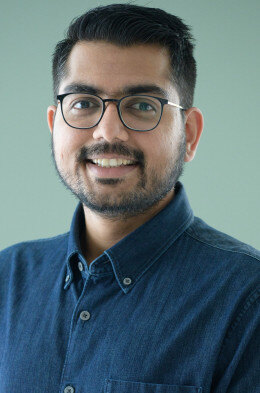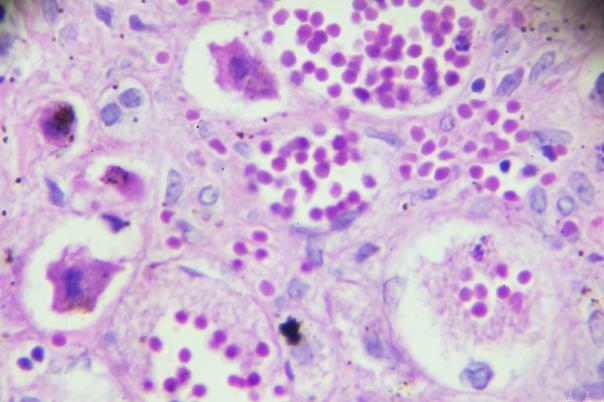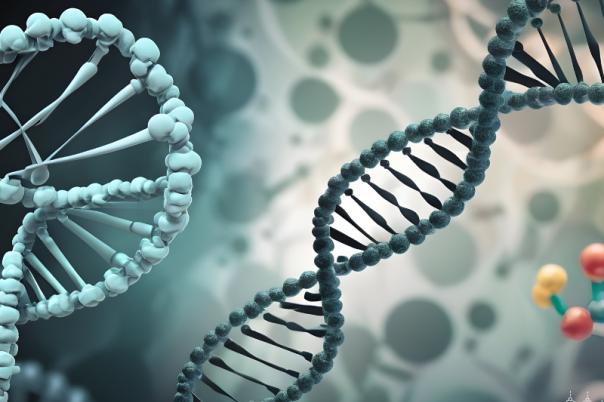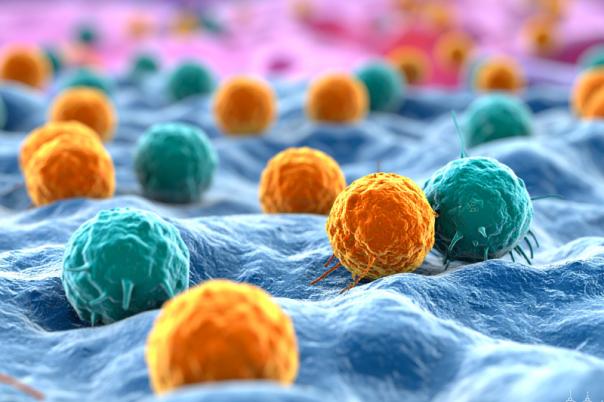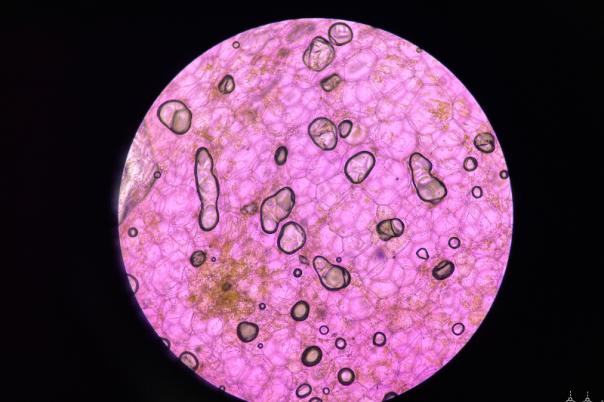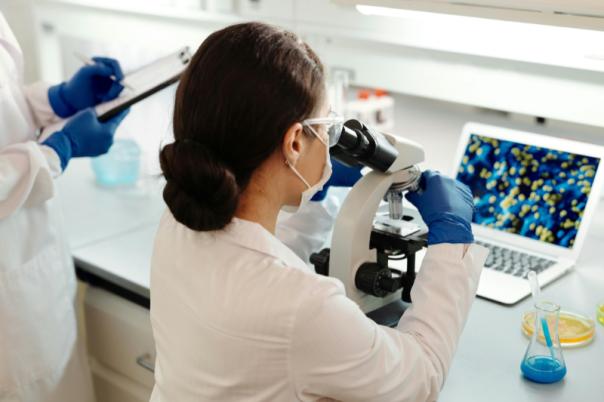Priyank Patel, a Senior Scientist at Boehringer Ingelheim, took us through his journey into spatial data exploration and the spatial analysis paradigm he used to extract insights for drug discovery and biomarker identification.
Broadly speaking, three key themes must be addressed when it comes to spatial data. Firstly, the issue with FFPE tissue is that it is made up of multiple inflammatory pathologies meaning it is heterogeneous. Secondly, characterisation is complicated especially when molecular and cellular events occur at different distance scales. Lastly, the static state is also challenging; to understand the evolution of disease it is necessary to create pseudo-time progression or a trajectory of different inflammatory pathologies.
To identify different inflammatory pathologies, Patel utilized neighbourhood or graph-based networks with tools like CosMx. These generate dots, each dot represents an individual cell that is annotated. Then to analyse the microenvironment within different tissues, one must look at different microenvironments within each cell and perform hierarchical clustering.
Patel gave a practical example illustrating that different microenvironments support various functions. For example, the surface epithelium is made up of a unique set of microenvironments that support its function as a protective barrier and a nutrient exchange enabler. Whereas the crypt epithelium comprises Paneth and transit-amplifying cells that are needed for tissue regeneration.
Following this line of thought, Patel detailed how inflammation affects tissue architecture, with specific neighbourhoods and cellular interactions changing in inflamed tissues compared to uninflamed ones. He examined a niche of macrophages, fibroblasts, and T cells and found that these niches are present in multiple neighbourhoods in different proportions.
Comparative studies showed that healthy mucosa has distinct epithelial microenvironments with specific cell types like aquaporin-positive cells and Paneth cells. Meanwhile, Inflamed tissue exhibited immune infiltration, epithelial perturbation, and stromal expansion.
Since inflammation is dynamic several inflammatory pathologies must be reconciled. Therefore, they made cellular niches or neighbourhoods and created a trajectory of these niches. To assist with making the trajectories, Patel decided to collaborate with pathologists. This helped to quantify inflammation and refine spatial niches which was essential for understanding disease progression and identifying key events in tissue evolution.
Overall, Patel showcased the importance of building hierarchical disease models that provide different biological information at various layers. The developed paradigm has proven effective in finding nuanced biological insights and guiding disease modelling efforts.
